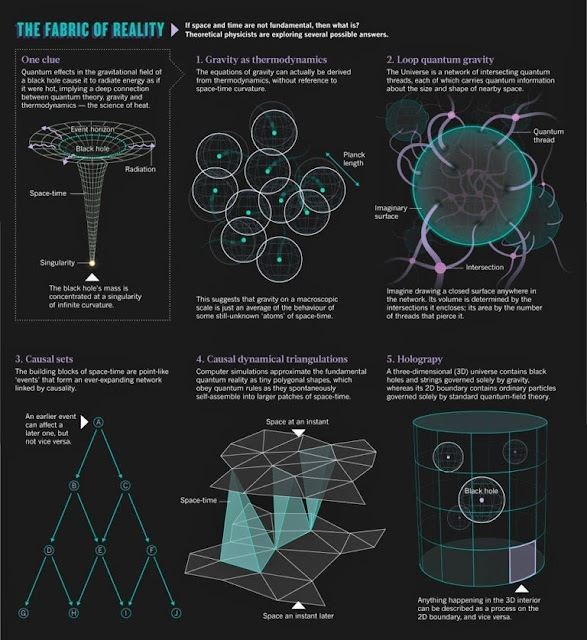Overview of a ((BIG BANG)) theory
American astronomer Edwin Hubble observed that the distances to faraway galaxies were strongly correlated with their redshifts. This was interpreted to mean that all distant galaxies and clusters are receding away from our vantage point with an apparent velocity proportional to their distance: that is, the farther they are, the faster they move away from us, regardless of direction.[13]Assuming the Copernican principle (that the Earth is not the center of the universe), the only remaining interpretation is that all observable regions of the universe are receding from all others. Since we know that the distance between galaxies increases today, it must mean that in the past galaxies were closer together. The continuous expansion of the universe implies that the universe was denser and hotter in the past.
Large particle accelerators can replicate the conditions that prevailed after the early moments of the universe, resulting in confirmation and refinement of the details of the Big Bang model. However, these accelerators can only probe so far into high energy regimes. Consequently, the state of the universe in the earliest instants of the Big Bang expansion is still poorly understood and an area of open investigation and speculation.
The first subatomic particles to be formed included protons, neutrons, and electrons. Though simple atomic nuclei formed within the first three minutes after the Big Bang, thousands of years passed before the first electrically neutral atoms formed. The majority of atoms produced by the Big Bang were hydrogen, along with helium and traces of lithium. Giant clouds of these primordial elements later coalesced through gravity to form stars and galaxies, and the heavier elements were synthesized either within stars or during supernovae.
The Big Bang theory offers a comprehensive explanation for a broad range of observed phenomena, including the abundance of light elements, the CMB, large scale structure, and Hubble's Law.[7] The framework for the Big Bang model relies on Albert Einstein's theory of general relativity and on simplifying assumptions such as homogeneity and isotropy of space. The governing equations were formulated by Alexander Friedmann, and similar solutions were worked on by Willem de Sitter. Since then, astrophysicists have incorporated observational and theoretical additions into the Big Bang model, and its parametrization as the Lambda-CDM model serves as the framework for current investigations of theoretical cosmology. The Lambda-CDM model is the current "standard model" of Big Bang cosmology, consensus is that it is the simplest model that can account for the various measurements and observations relevant to cosmology.




Ossmm keep it up
ReplyDelete